NASA James Webb Space Telescope solves the mystery of these colossal rings
NASA James Webb Space Telescope captures this stunning image of the rare Wolf-Rayet 140.
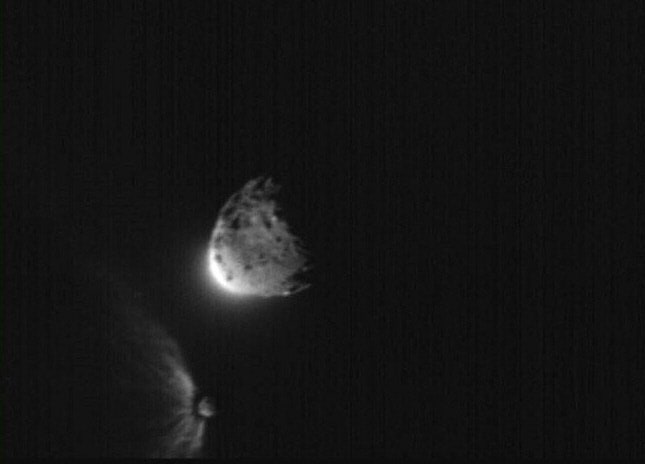
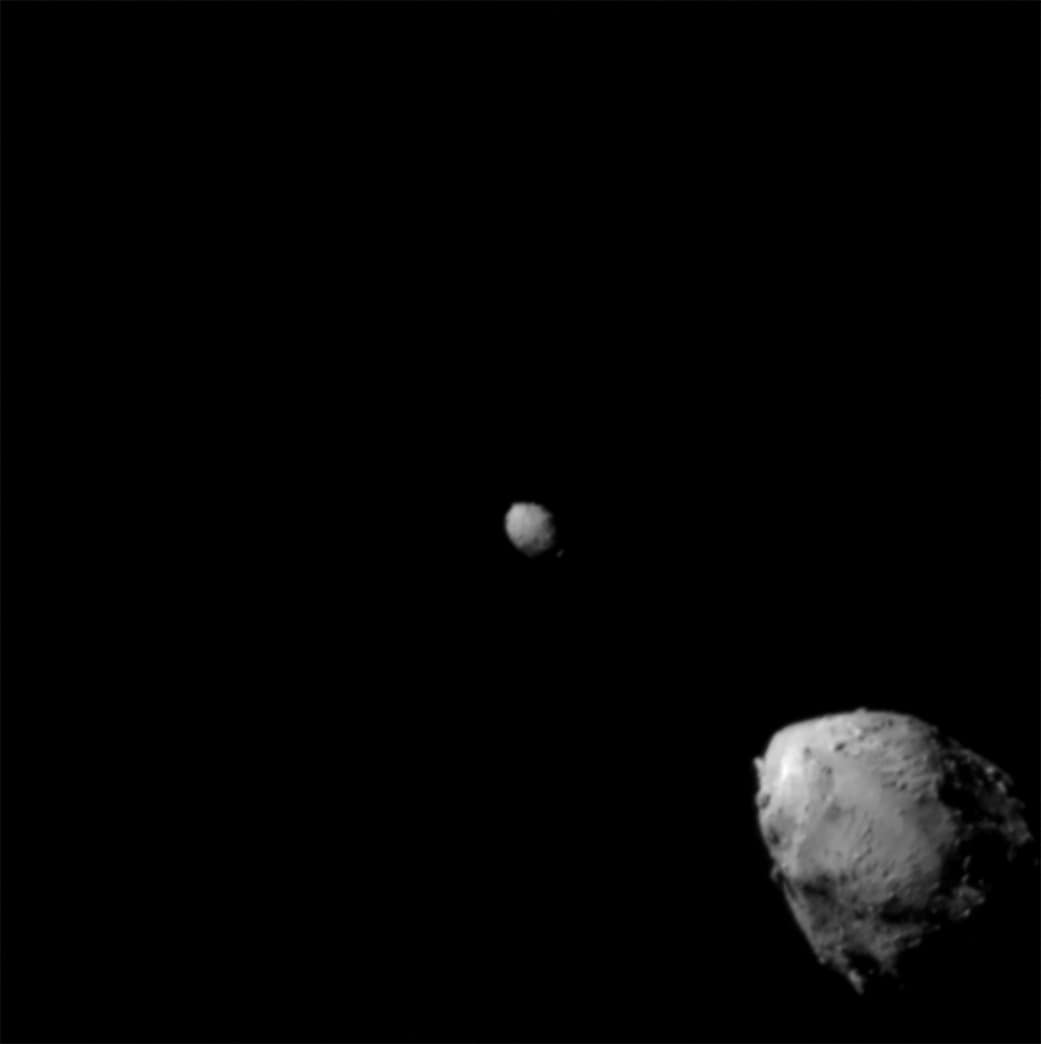
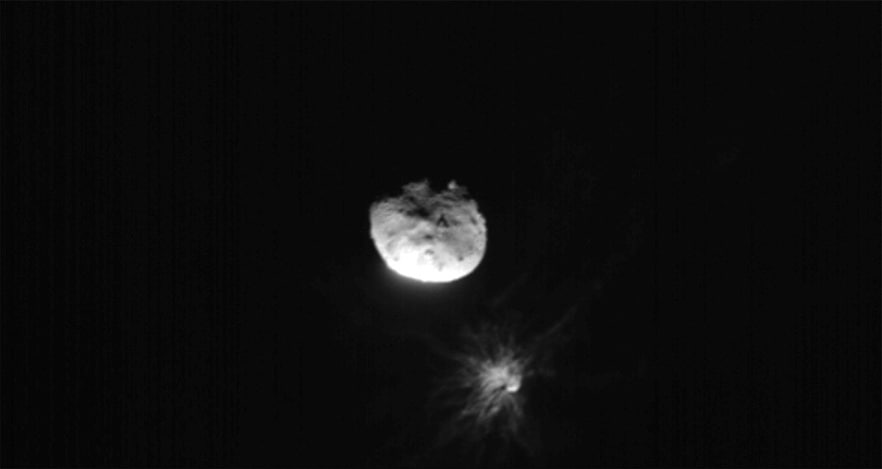
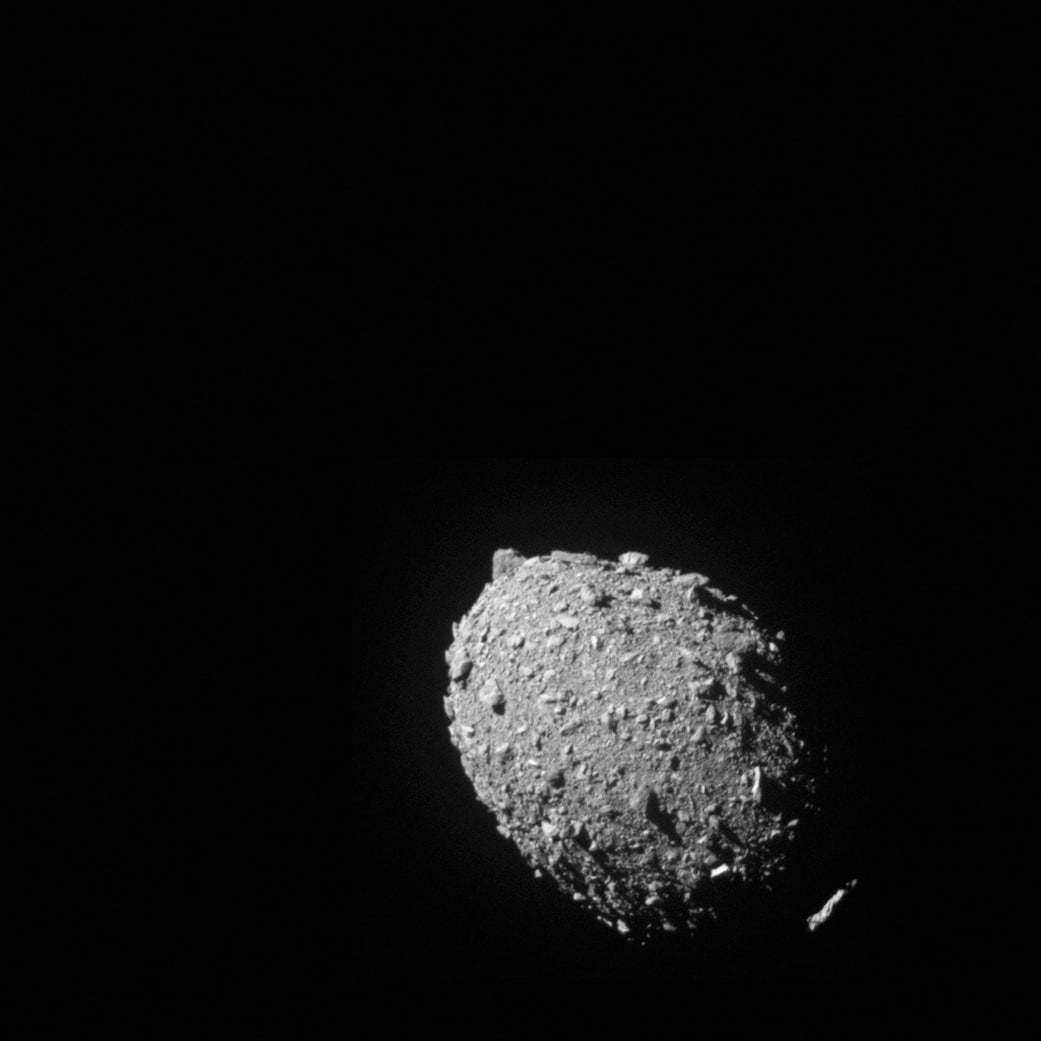
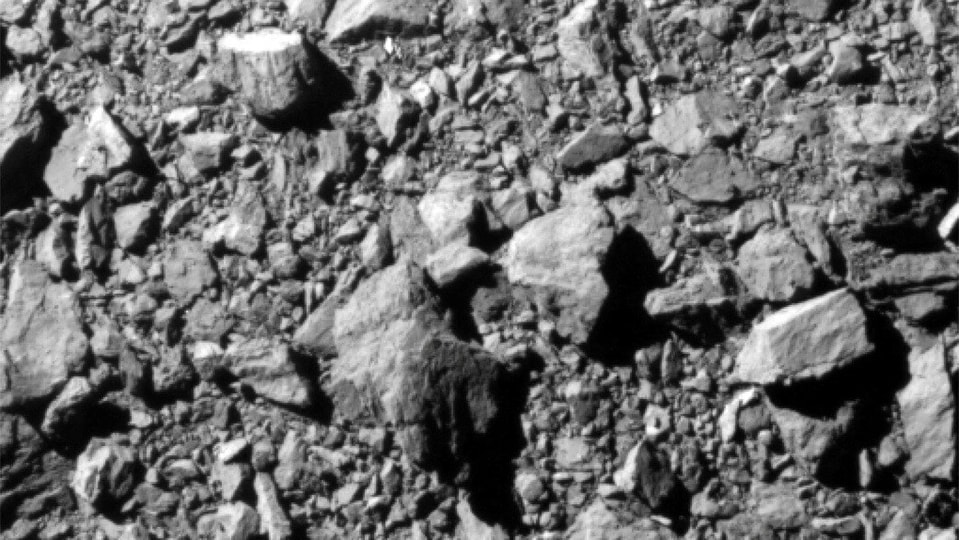
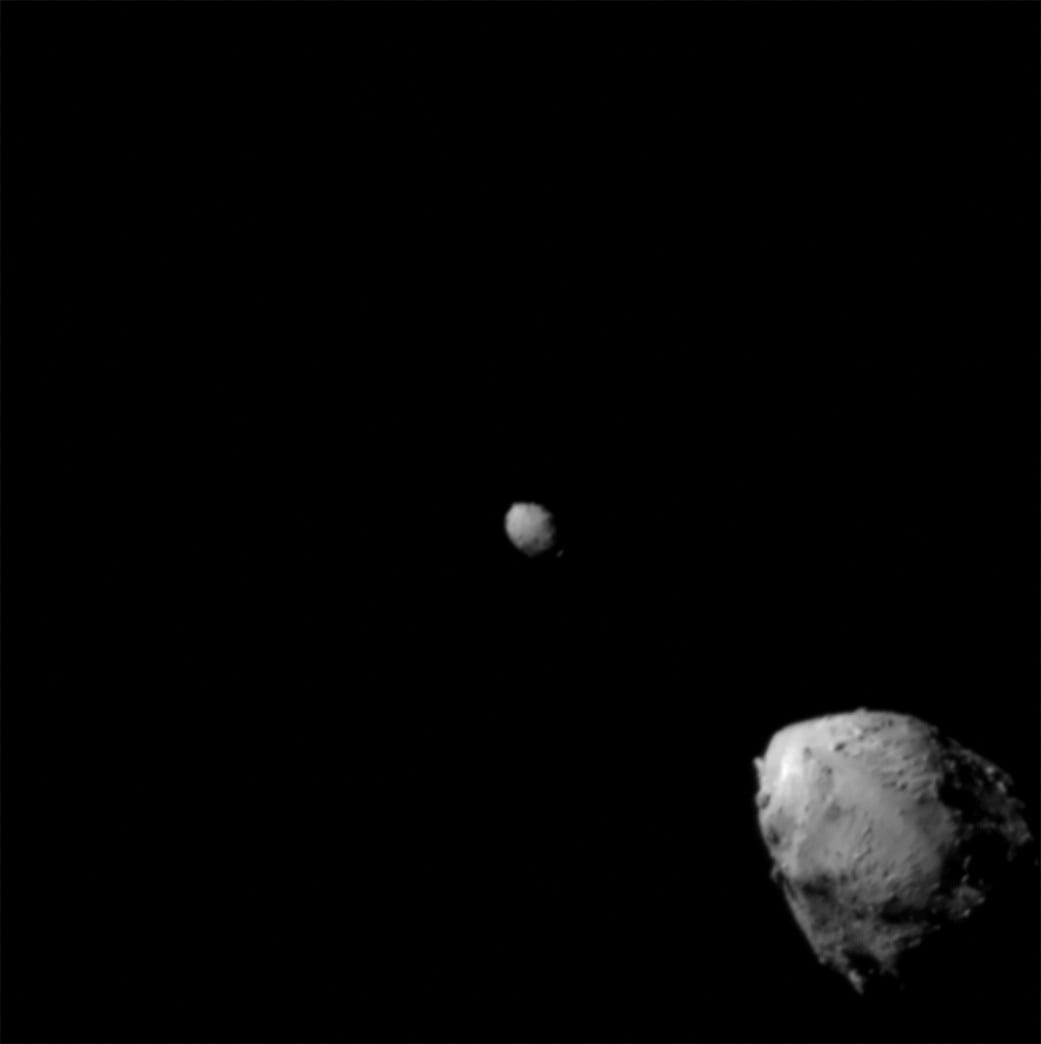
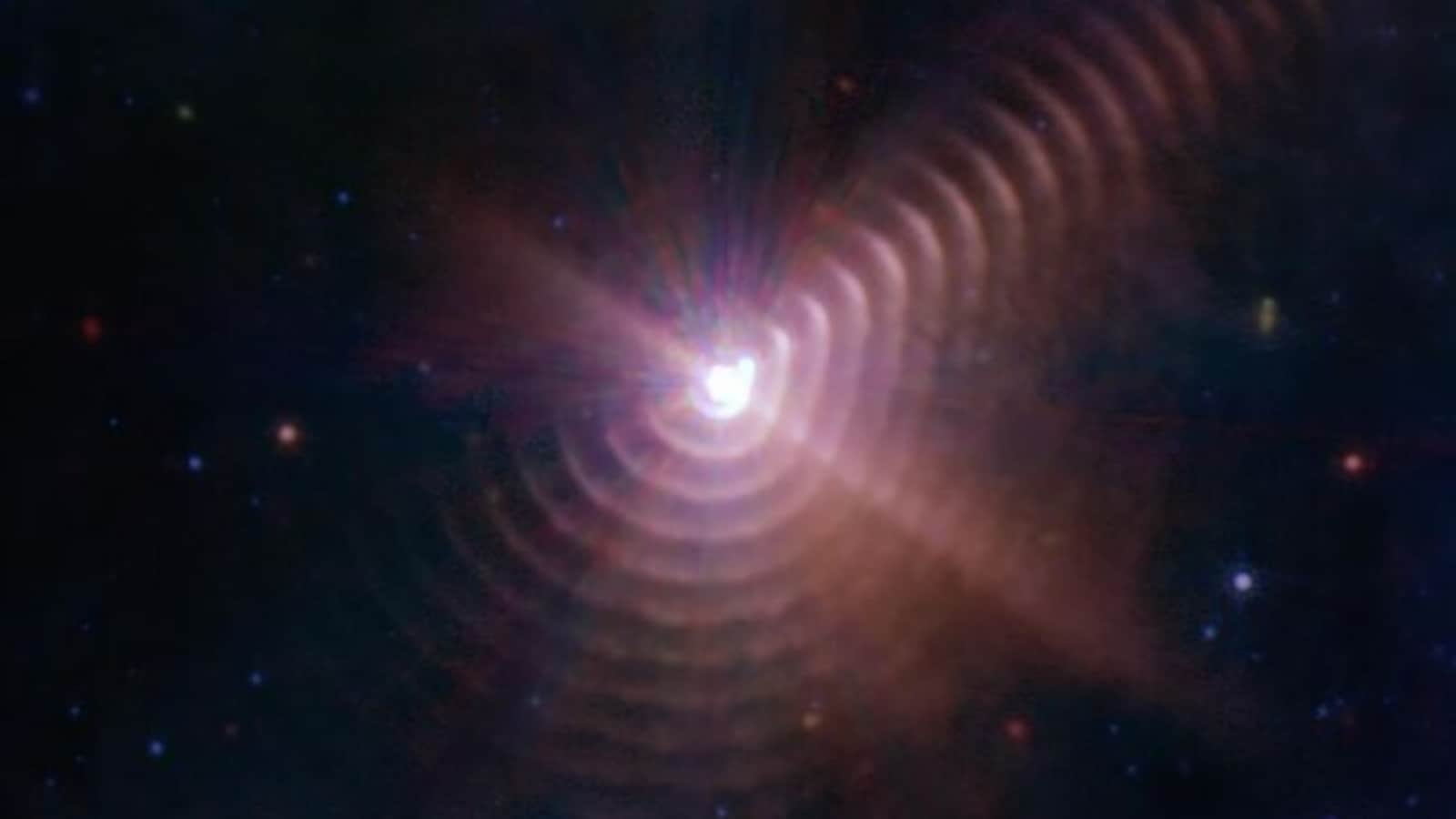
 View all Images
View all ImagesThis striking image taken by NASA's James Webb Space Telescope may puzzle and dazzle many. It depicts the rare Wolf-Rayet 140 (WR 140), a double star system, or a binary star system, which is around 5000 light-years from Earth. This Wolf-Rayet star is one in 600 found so far. And these mysterious rings around the star are dust shells that extend outwards over an enormous area of 10 trillion km! To keep it simple, it can be understood as being 70000 times the distance between Earth and our Sun. This stunning image has been captured by the most powerful James Webb Space Telescope.
NASA shared this breathtaking image while explaining that “Just as growth rings record the history of a tree, these rings contain more than a century's worth of stellar history. Every eight years, the two stars in this image are brought together by their orbits — creating colliding streams of gas that, with the right conditions, form a new ring of dust.” And while solving the mystery of these dusty stars, the James Webb Space Telescope reveals 15 of the 17 rings seen in the image for the first time!
NASA further says that these growth rings are incredibly short-lived, generating powerful winds that push huge amounts of gas into space. NASA scientists believe that around half of the original mass of the Wolf-Rayet star may have been already shed in the process. Another amazing fact is that many other Wolf-Rayet systems also form dust, but it is the WR 140 which is known to make rings.
The space agency also revealed what this image which depicts. It is seen as “a bright dot at the center of star-filled black space. The bright dot is actually 2 stars meeting, as their orbits bring them together every 8 years. The stellar pair are surrounded by 17 orange-pink rings of gas and dust that resemble tree trunk rings.”
Tech behind this stunning picture!
NASA's James Webb Space Telescope has observed WR 140 with its mid-infrared instrument (MIRI). It is specifically designed to observe cooler objects in space such as these spectacular dust rings. It also showed the best evidence yet that Wolf-Rayet stars can produce carbon-rich dust molecules. And surprisingly, these carbon molecules can survive even in the hostile environment surrounding these stars.⠀
This discovery will also help scientists understand how Wolf-Rayet stars potentially supply materials for star and planet formation, which may have played a role in creating our own solar system.
Catch all the Latest Tech News, Mobile News, Laptop News, Gaming news, Wearables News , How To News, also keep up with us on Whatsapp channel,Twitter, Facebook, Google News, and Instagram. For our latest videos, subscribe to our YouTube channel.





























